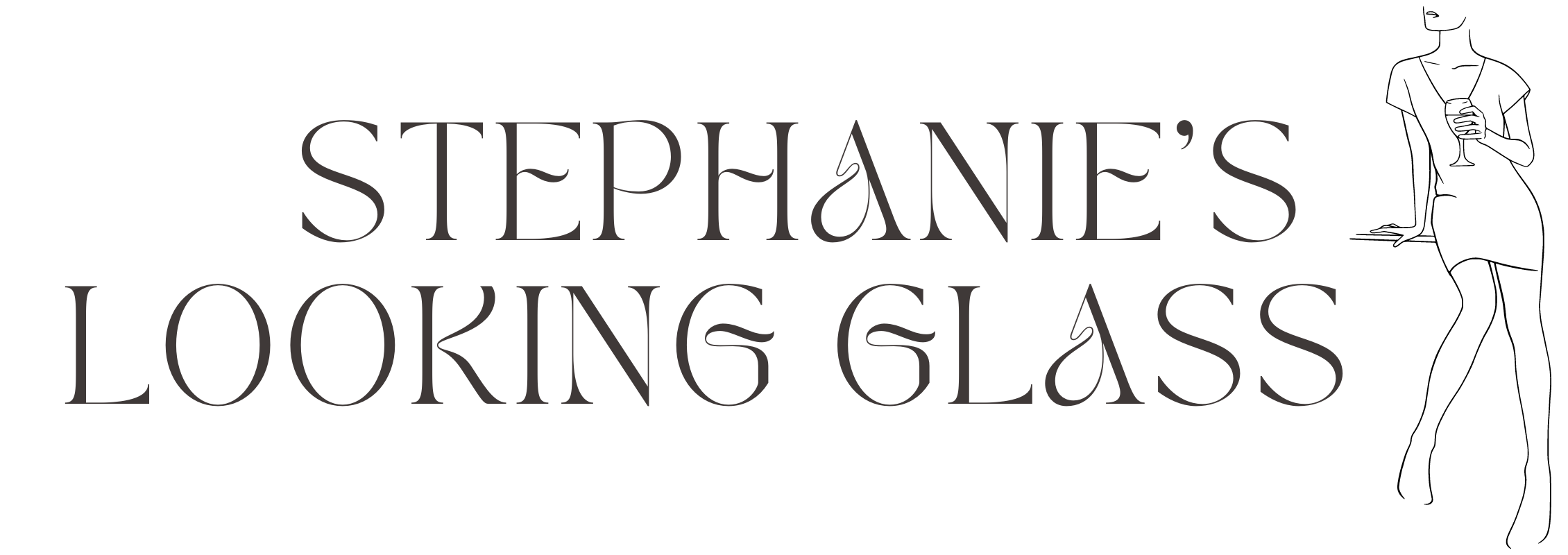 I’d heard of the Hawthorne effect sometime back and always wondered if it was an experiment I could do on myself. Up until I bought my Fitbit, I wasn’t really sure how to go about applying it to my life and what the outcome would be. You see, it’s one thing to voluntarily participate in an experiment where you’re getting a reward from someone else, and another to run an experiment on yourself. So there’s nothing to lose, right? It all felt like an ‘aha’ moment when I decided that a pedometer would be the best thing to use for the experiment as it didn’t interfere with my daily routine (as far as an observer goes), could easily be ignored (so I don’t feel like Big Brother is watching me) and the results are always recorded. And just like that, I started my experiment on the Hawthorne effect with a cheap pedometer and upgraded to a slightly more expensive Fitbit. But, what is this Hawthorne effect I keep talking about?
I’d heard of the Hawthorne effect sometime back and always wondered if it was an experiment I could do on myself. Up until I bought my Fitbit, I wasn’t really sure how to go about applying it to my life and what the outcome would be. You see, it’s one thing to voluntarily participate in an experiment where you’re getting a reward from someone else, and another to run an experiment on yourself. So there’s nothing to lose, right? It all felt like an ‘aha’ moment when I decided that a pedometer would be the best thing to use for the experiment as it didn’t interfere with my daily routine (as far as an observer goes), could easily be ignored (so I don’t feel like Big Brother is watching me) and the results are always recorded. And just like that, I started my experiment on the Hawthorne effect with a cheap pedometer and upgraded to a slightly more expensive Fitbit. But, what is this Hawthorne effect I keep talking about?
The Hawthorne effect (sometimes referred to as the observer effect) is the tendency for people to change their behavioural patterns when they know that they are being observed. When this happens, the observed tend to work harder and perform better than they would on average as a response to being aware of the observer and all the attention they’re getting. As with all theories, there are criticisms but we’re not going to focus on that. It is worth mentioning that the change in behaviour is solely due to being aware that your actions are being monitored, not because you are being incentivised in some shape or form.
I’m sure you’re curious to know if my habits changed while using my Fitbit. The short answer is yes! I was incentivised to move more because I knew that my steps were being tracked automatically. I really wanted to get that alert on my phone (and the pulse on my wrist) letting me know that I’d hit 10,000 steps before I got home from work. Even better, I wanted to get the badges from Fitbit that are sent out when you hit 15,000 and 20,000 steps in a day respectively. Just knowing that I can see the average steps I’ve taken in a week was all the incentive I needed to start moving more.
 I became more diligent in taking long walks during my lunch break as a way to move and increase my steps instead of sitting at my desk and either chatting with my colleagues or reading an article online. There’s nothing wrong with doing both, but I am sedentary for the most part of my work day as I sit in front of my computer and only move if I have to speak with someone or I have a meeting to attend to. I started looking for every opportunity to move.
I became more diligent in taking long walks during my lunch break as a way to move and increase my steps instead of sitting at my desk and either chatting with my colleagues or reading an article online. There’s nothing wrong with doing both, but I am sedentary for the most part of my work day as I sit in front of my computer and only move if I have to speak with someone or I have a meeting to attend to. I started looking for every opportunity to move.
Taking it a step further, I started tracking my sleeping patterns on my Fitbit because I know that I don’t get enough sleep during the week and I’m not particularly consistent with my sleep time. This is still a work in progress but I’m happy to say that some improvements are starting to emerge. Is this really all down to the Hawthorne effect? It can be said that the Hawthorne effect is simply a myth and the change in behaviour is due to diligence, a new commitment to change and growth, or the sheer need for gold stars at the end of the experiment. Whichever camp you choose to stick with, positive results and sustainable incremental growth are always a welcome bonus.


